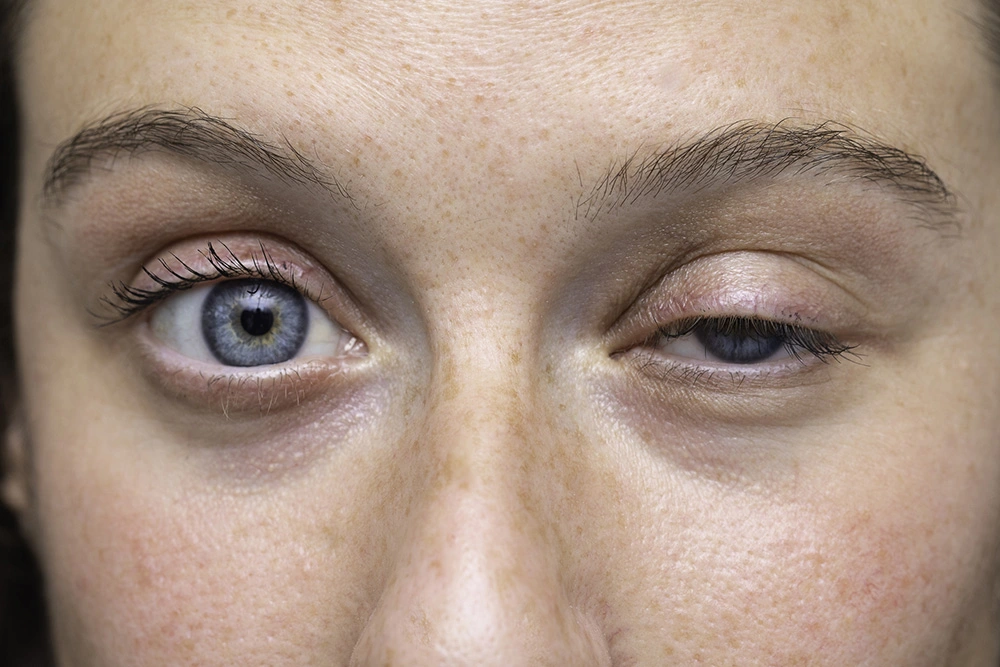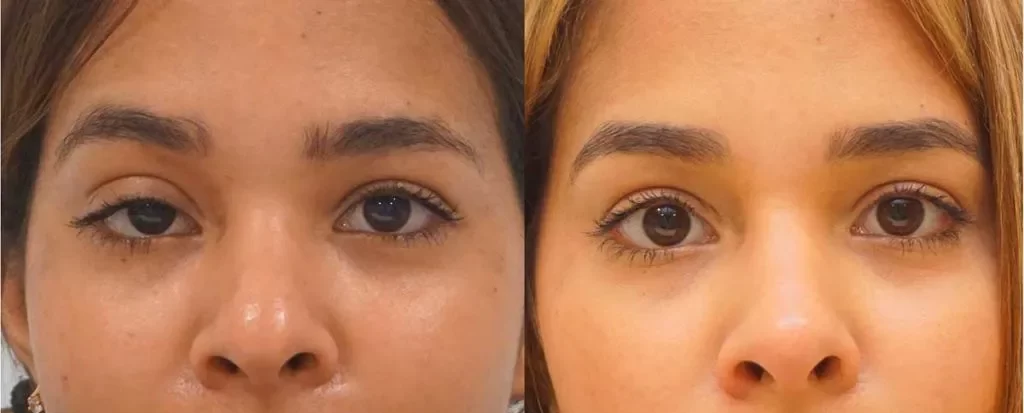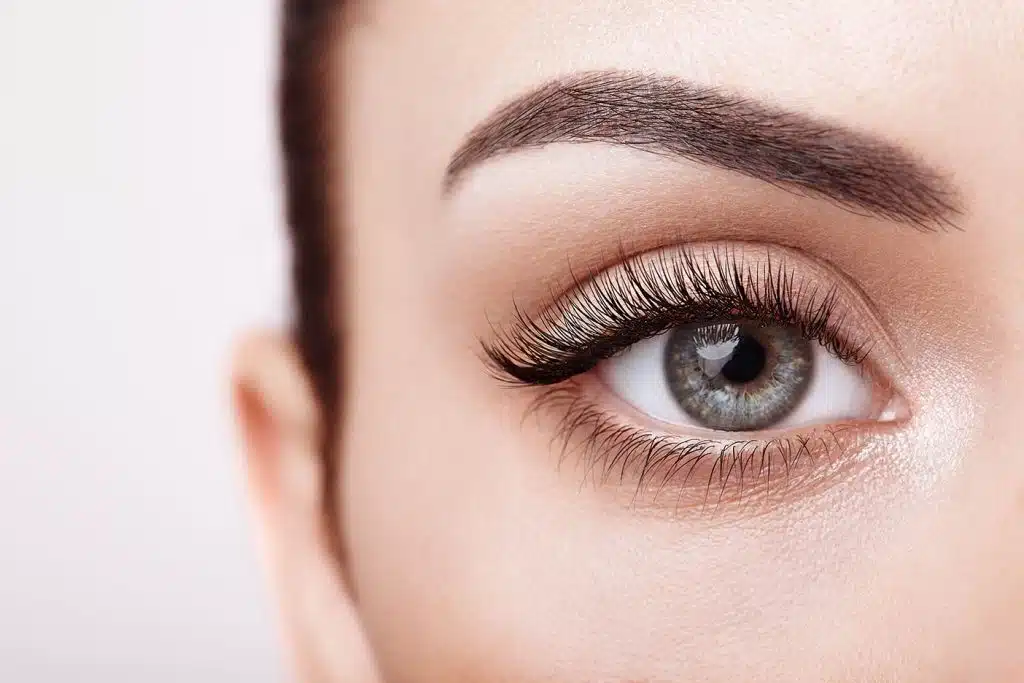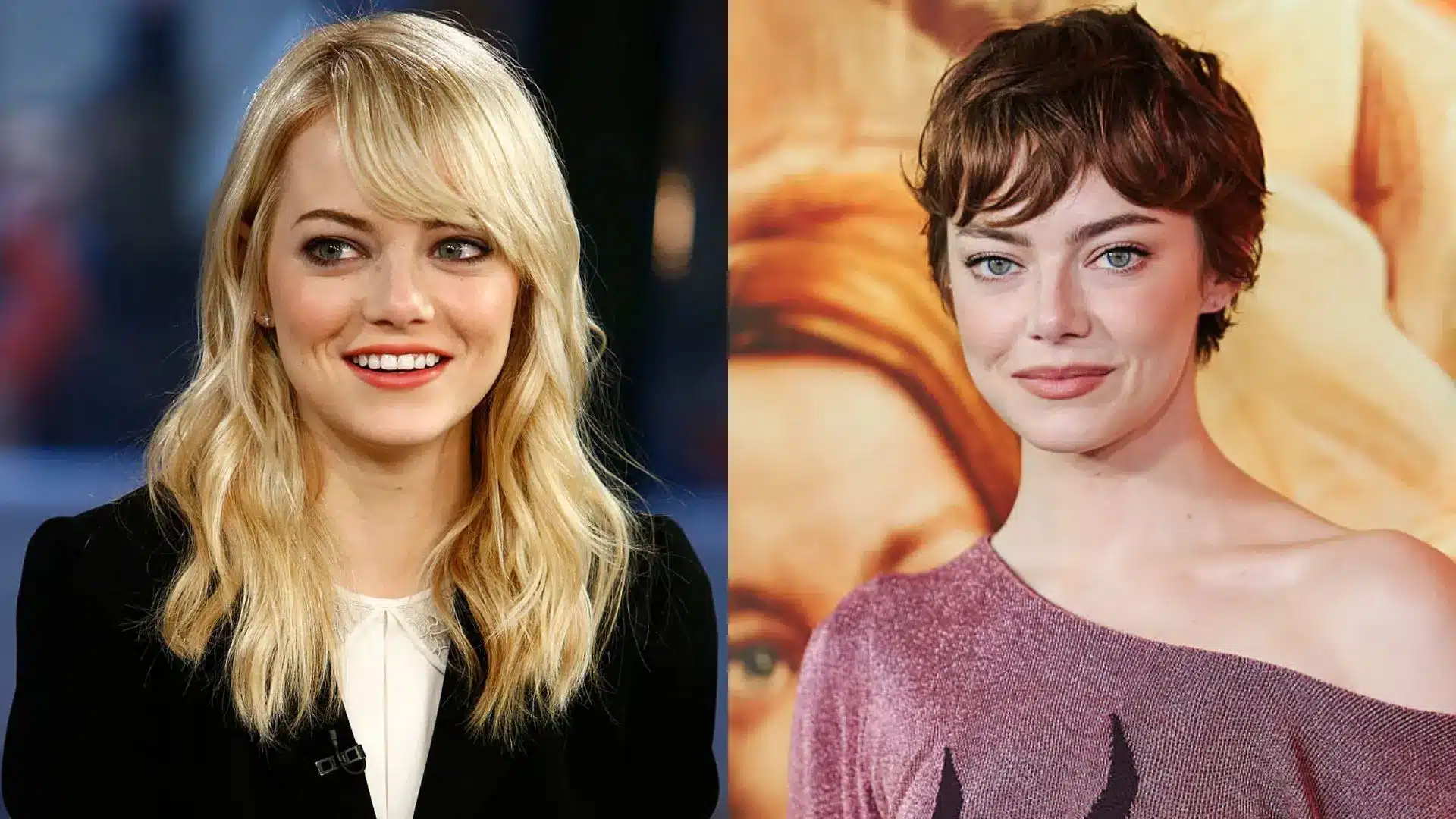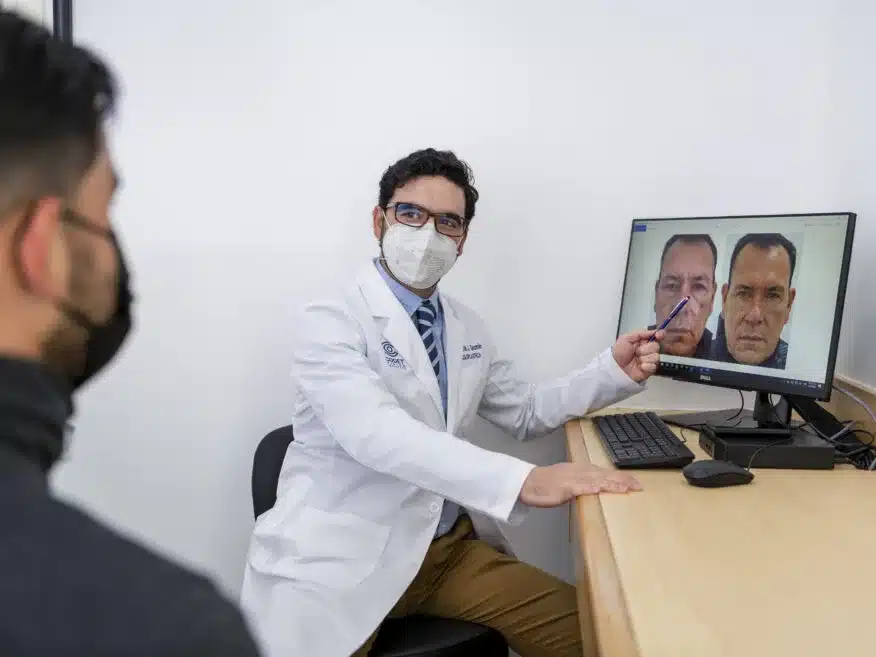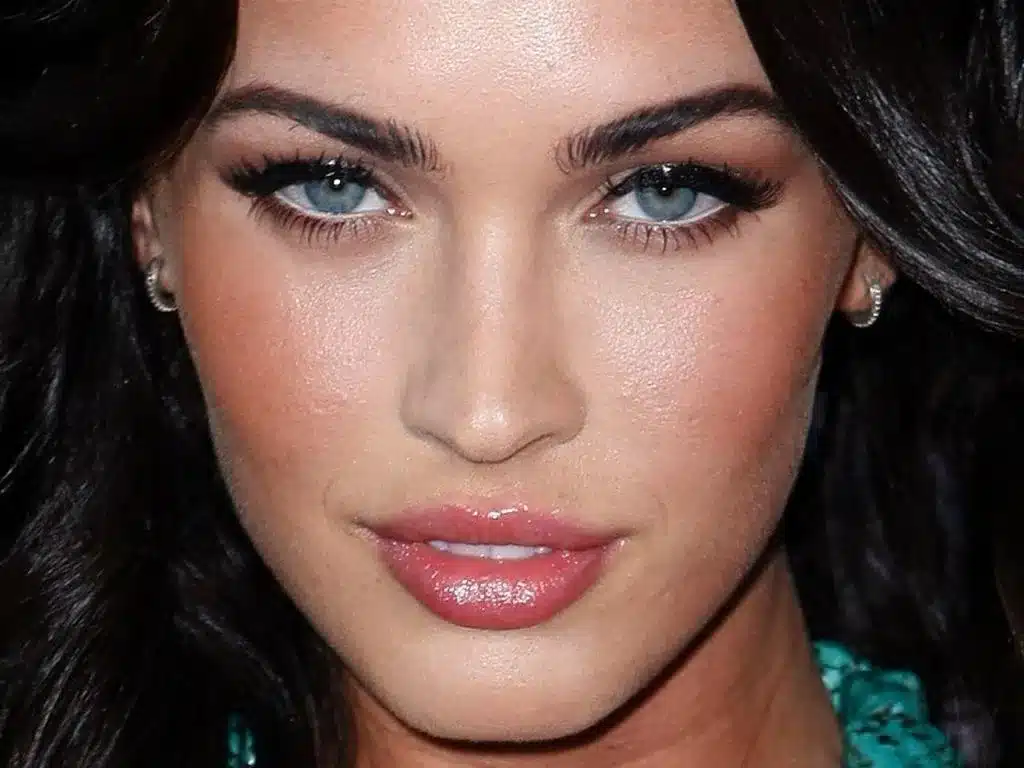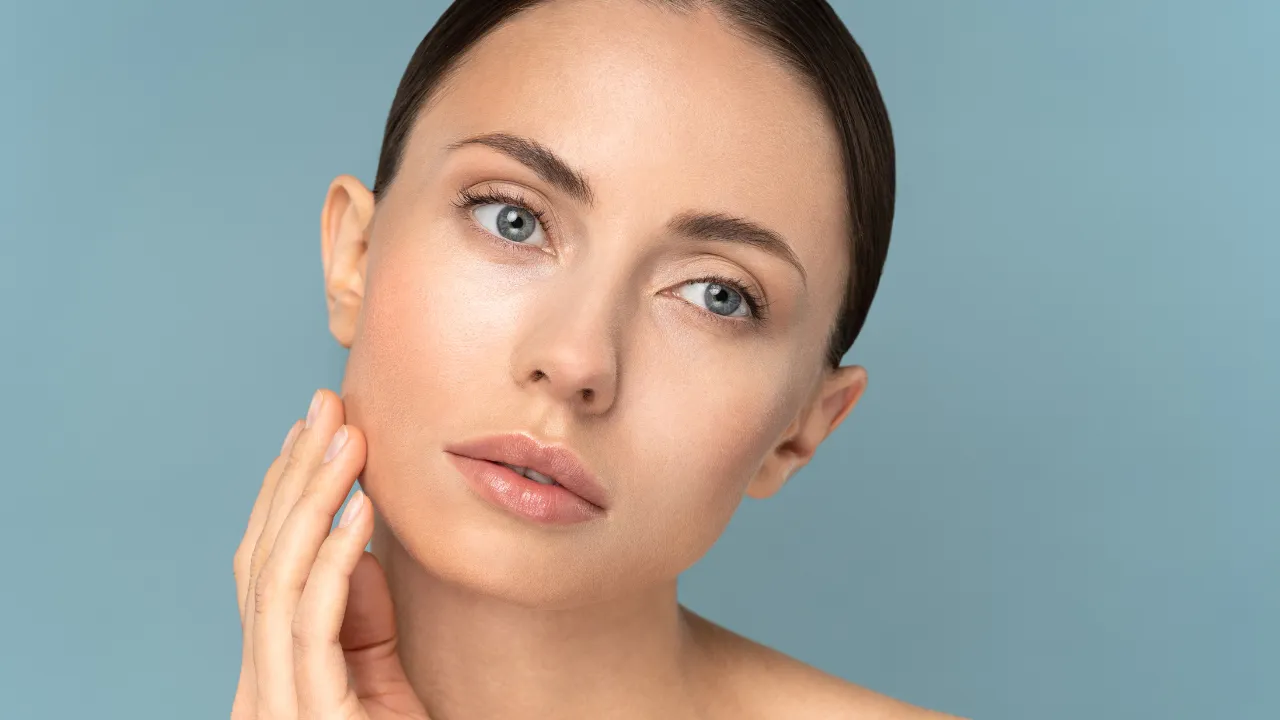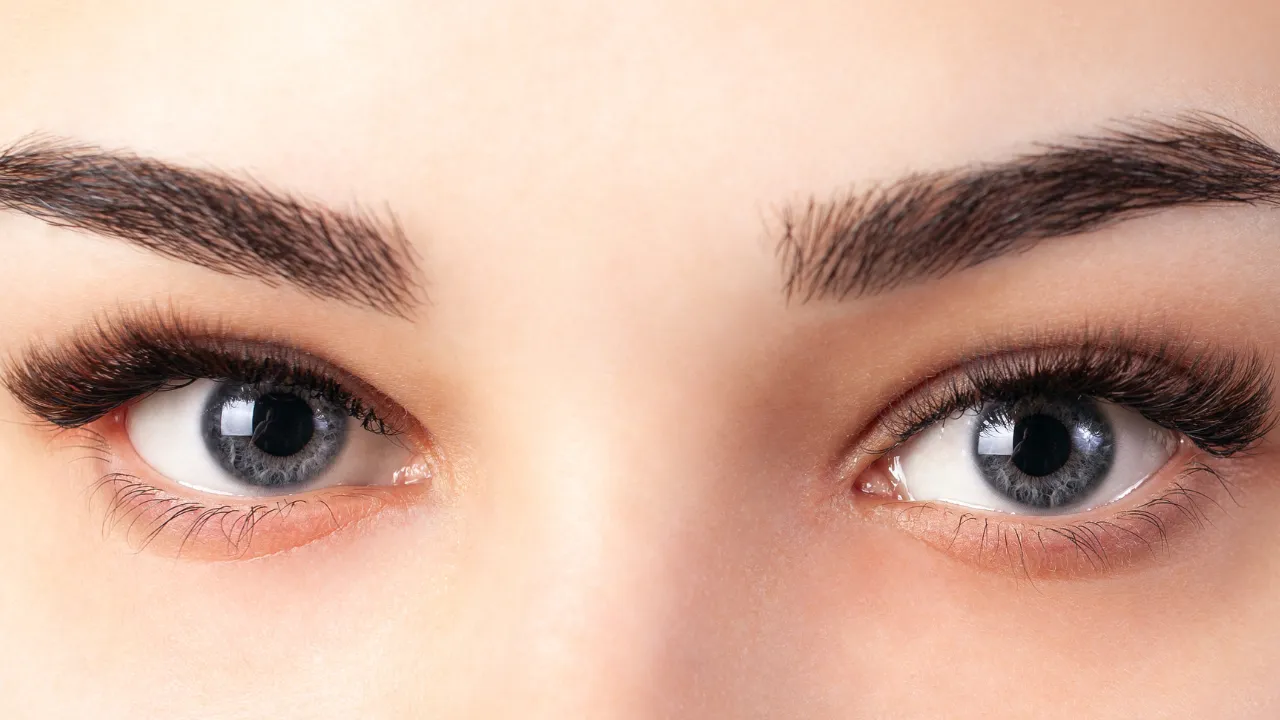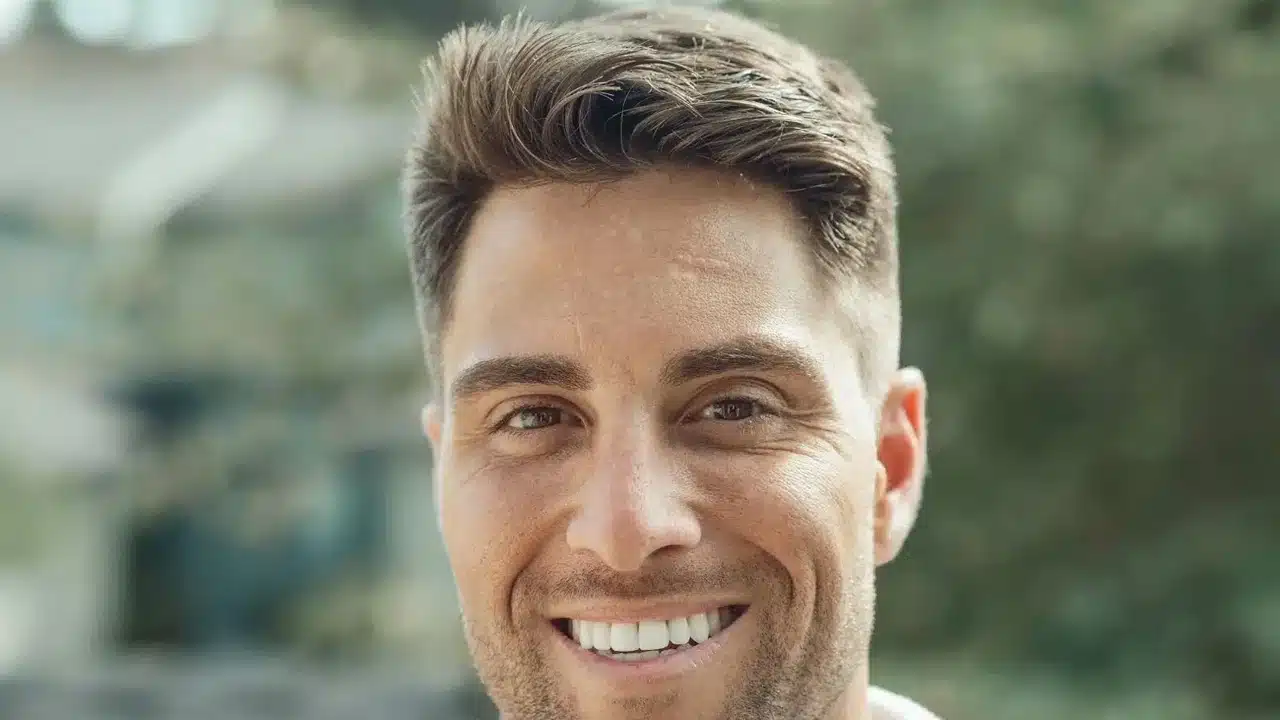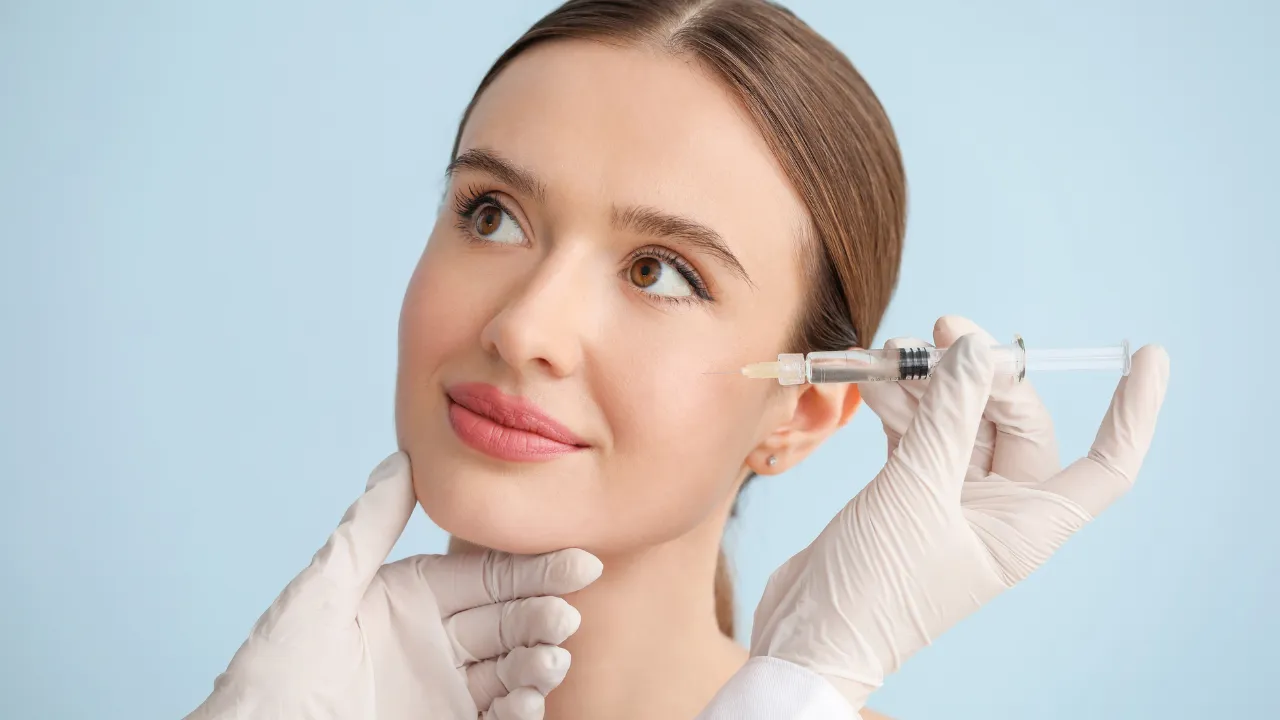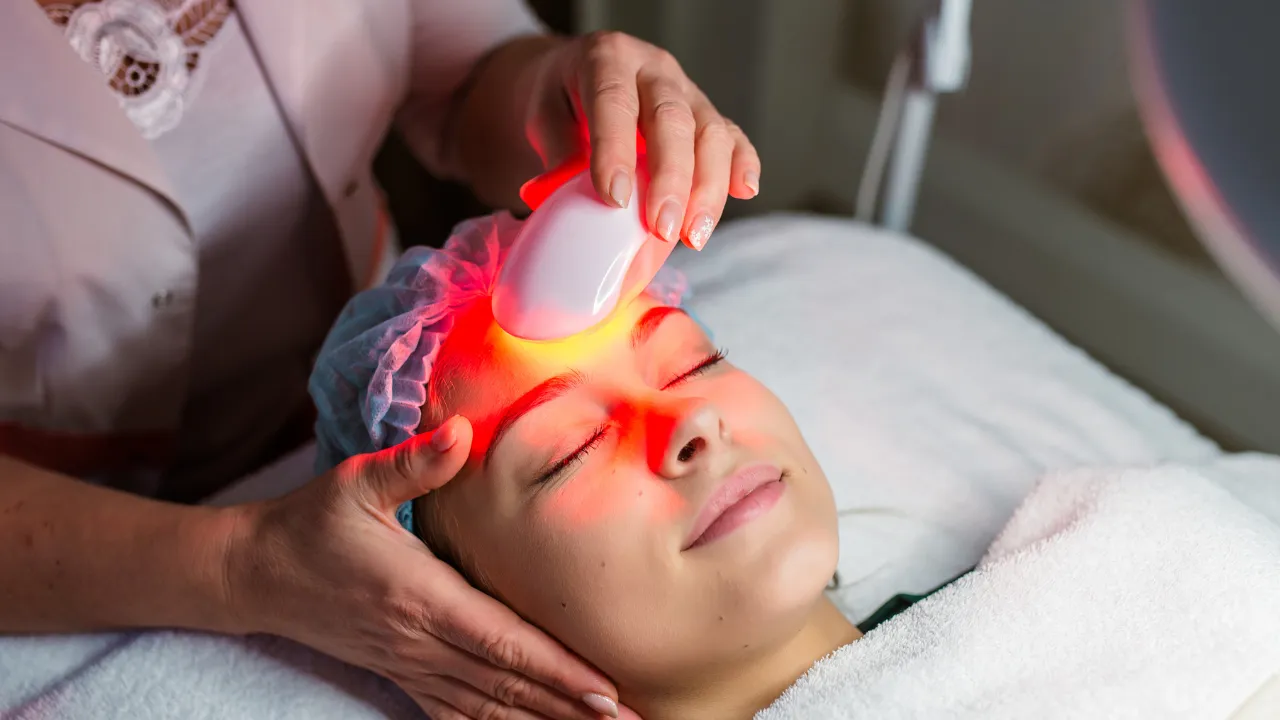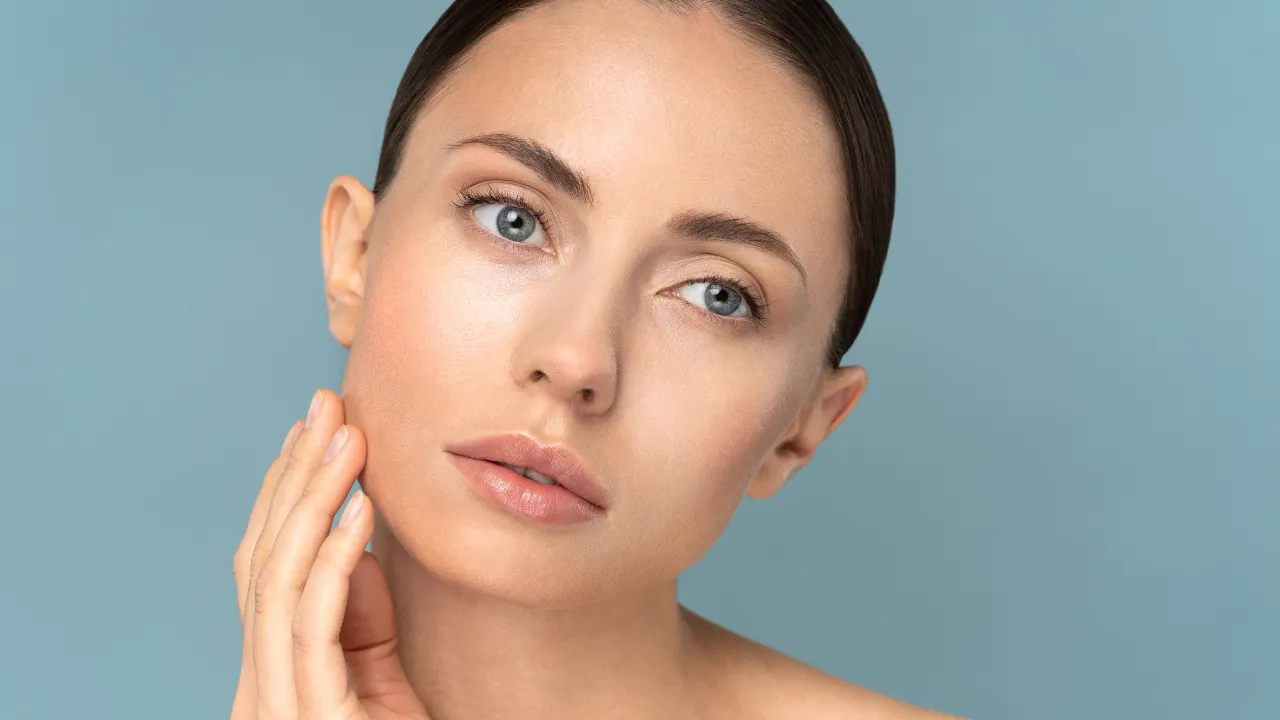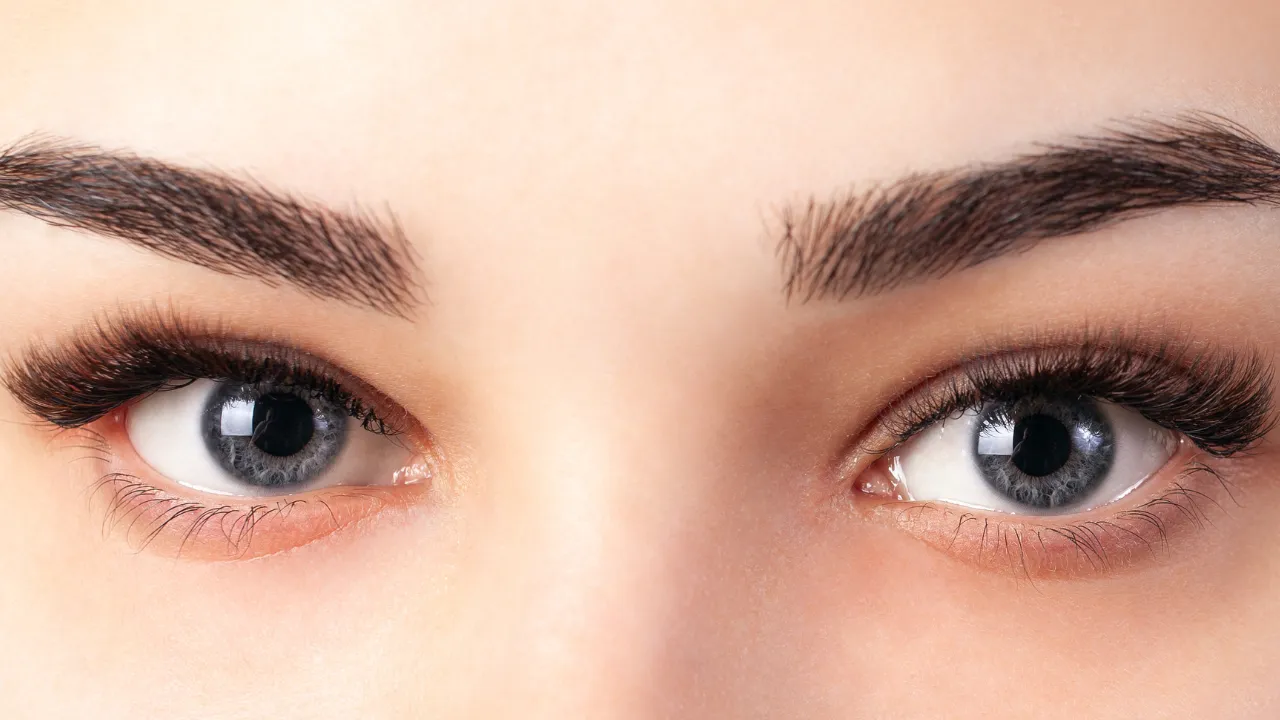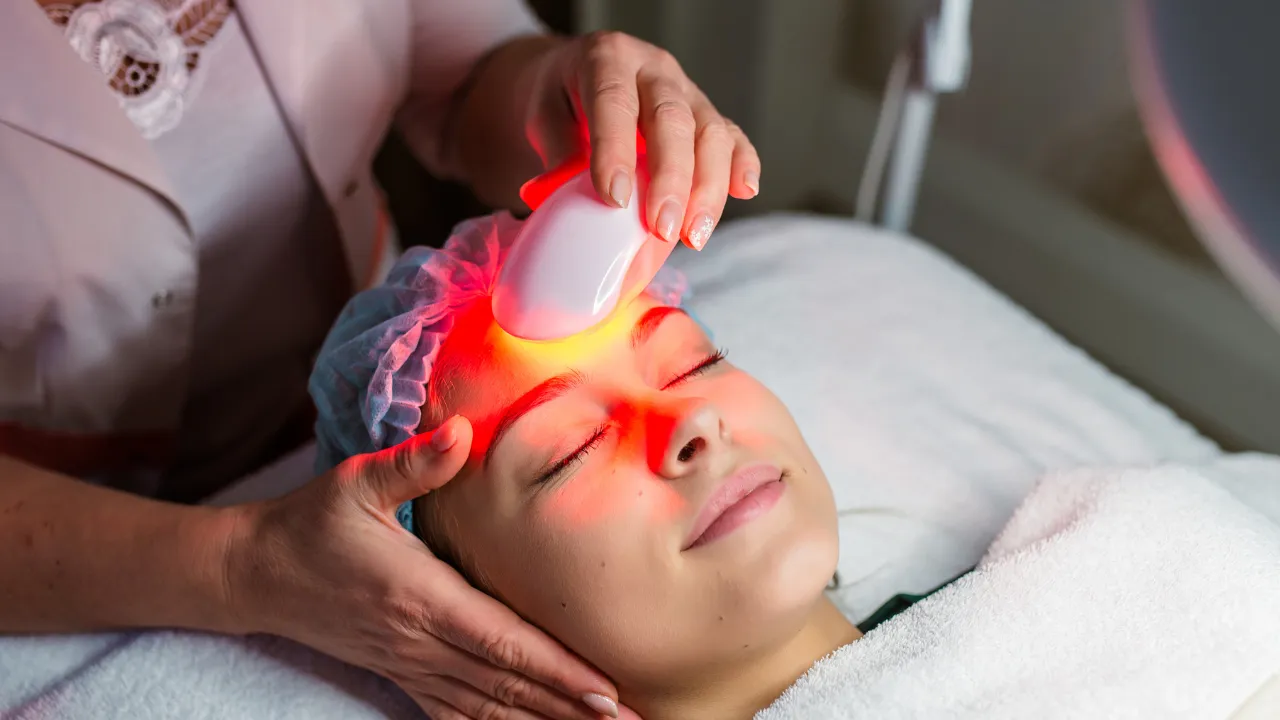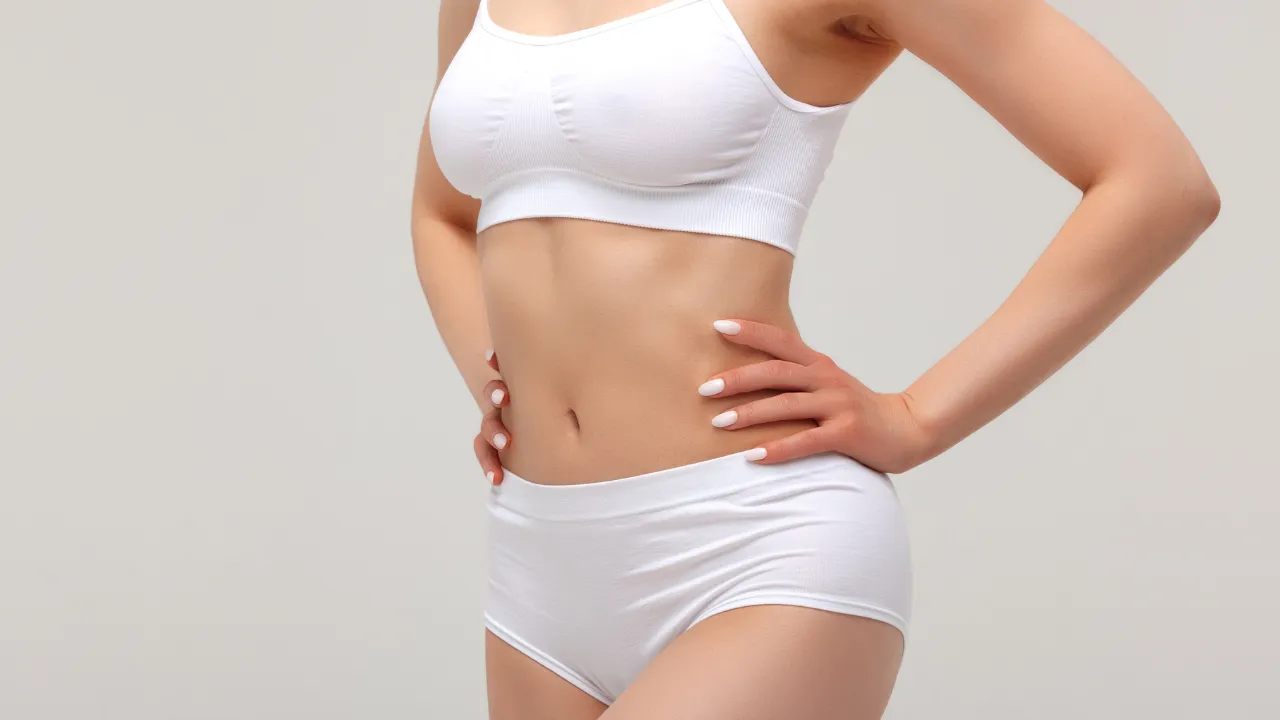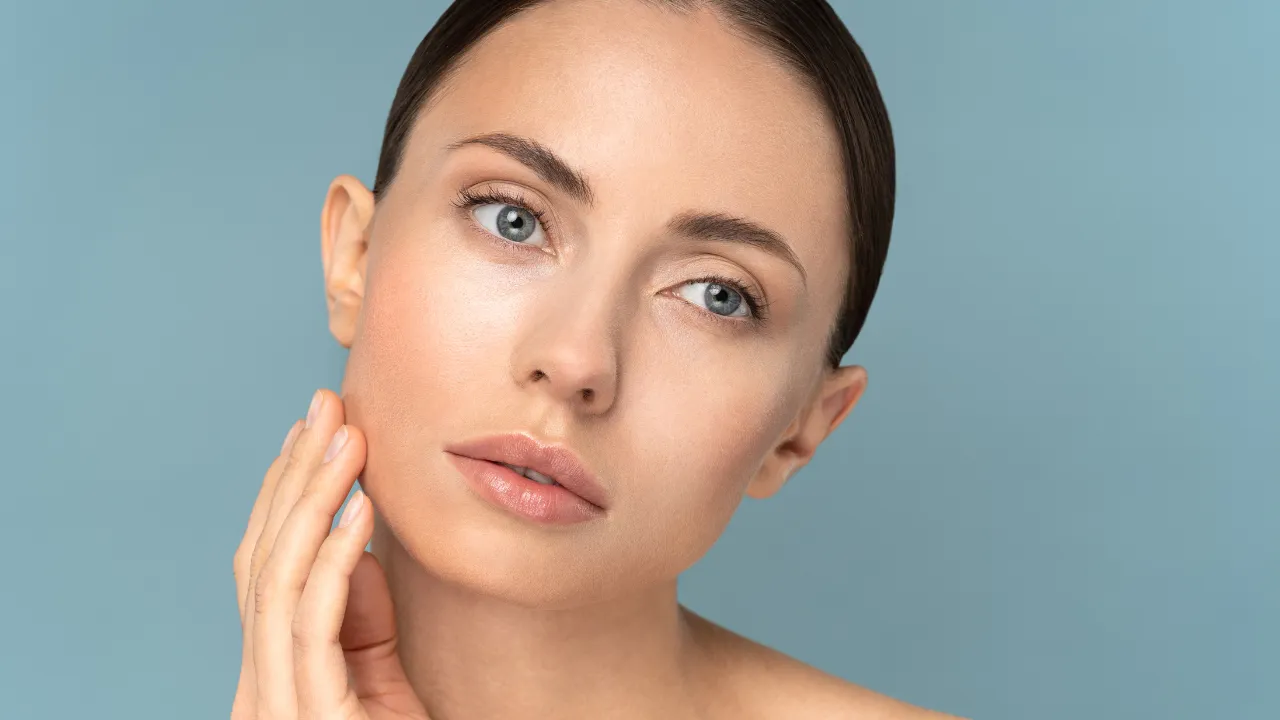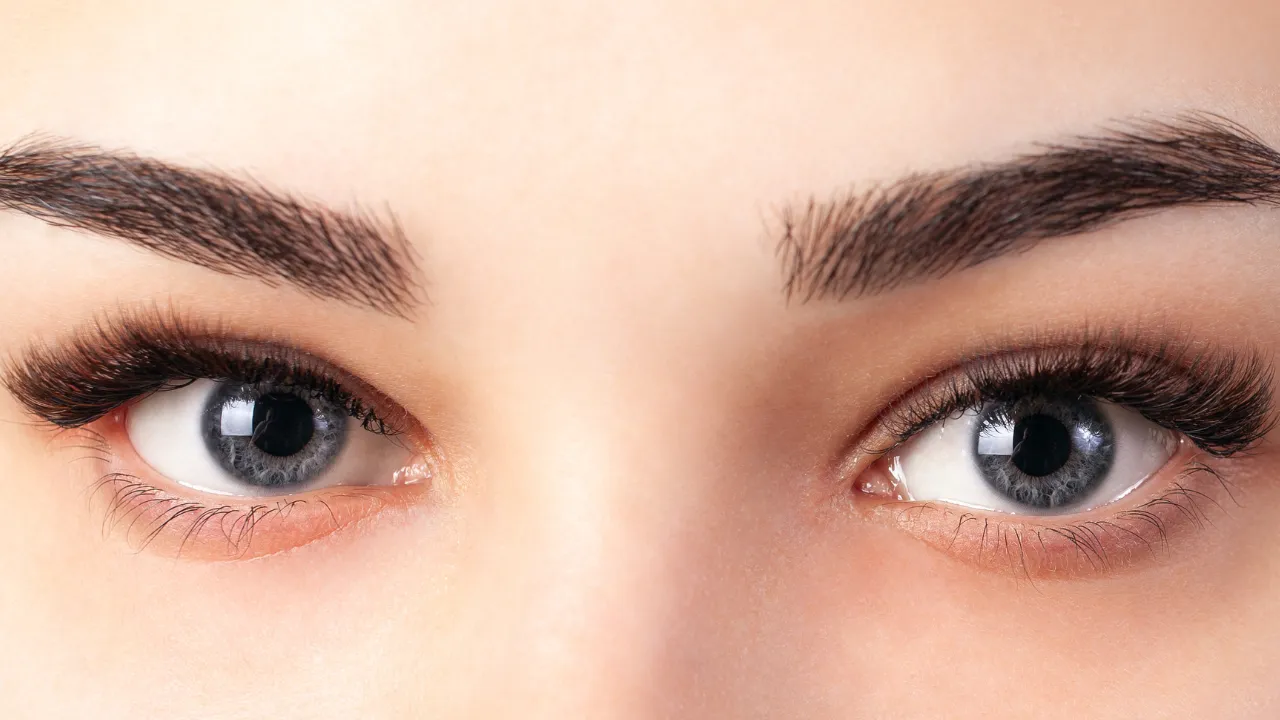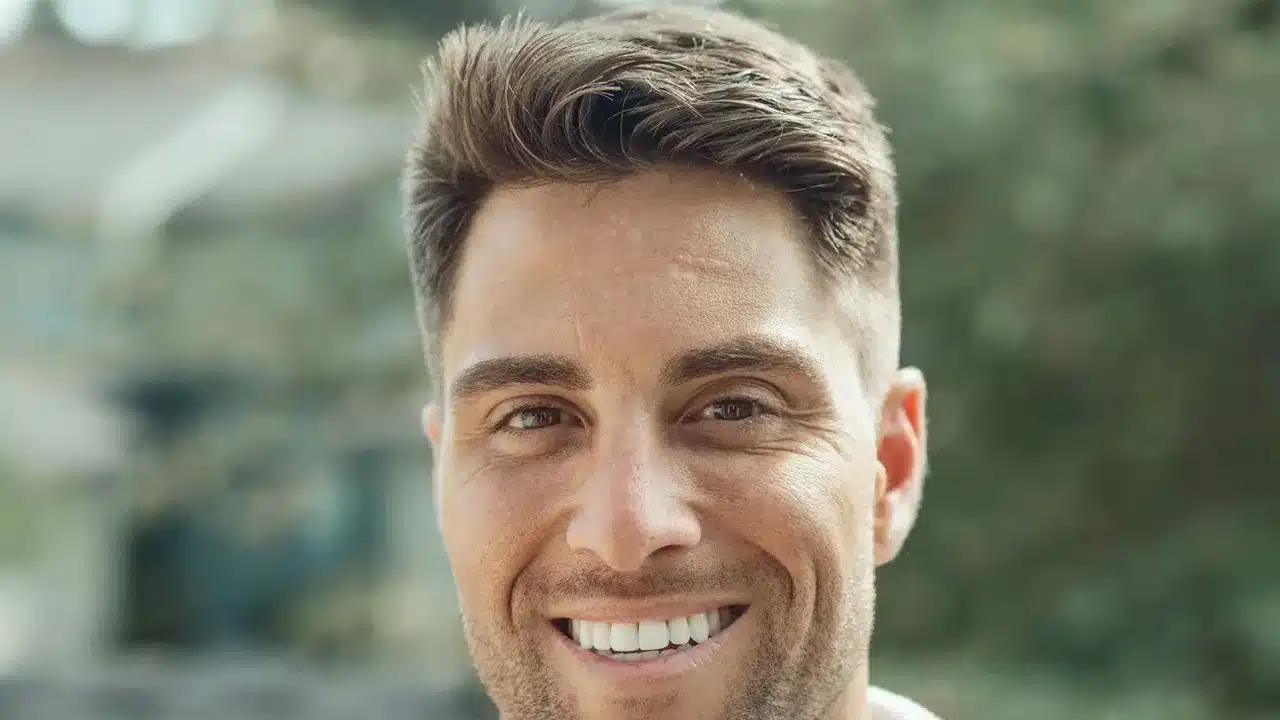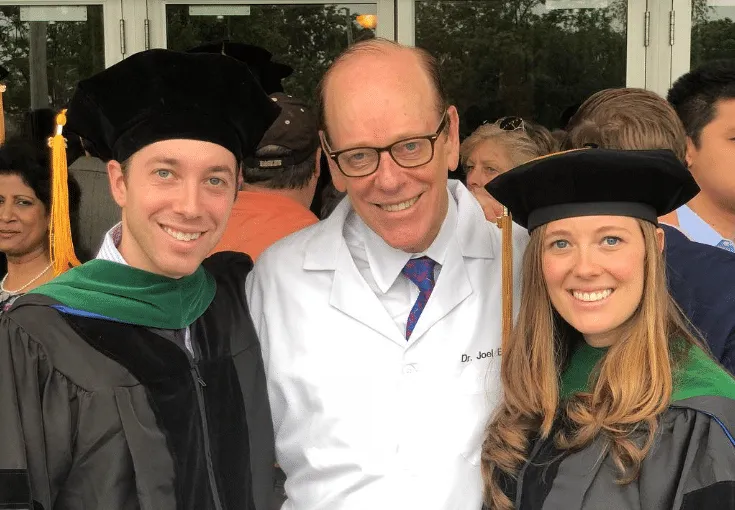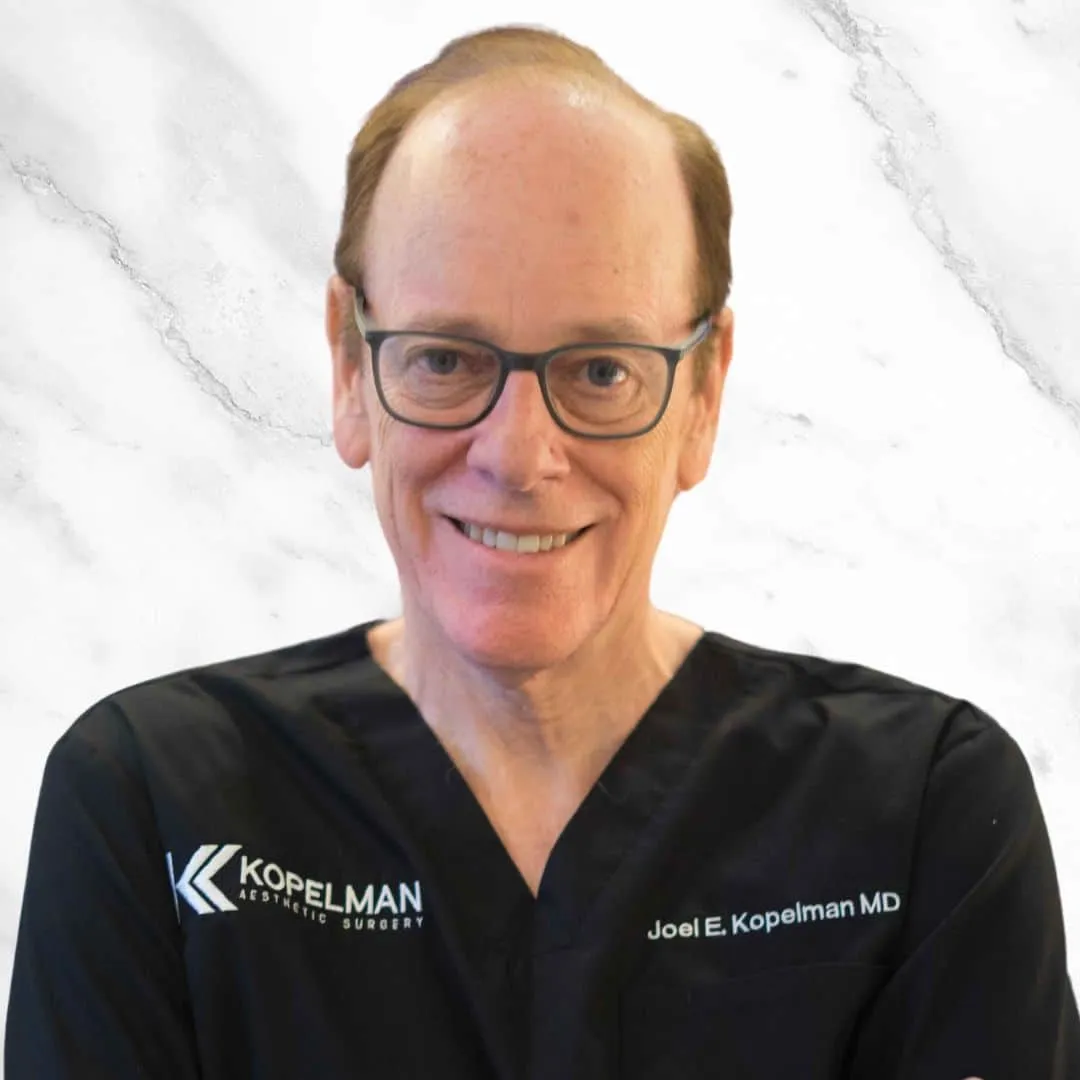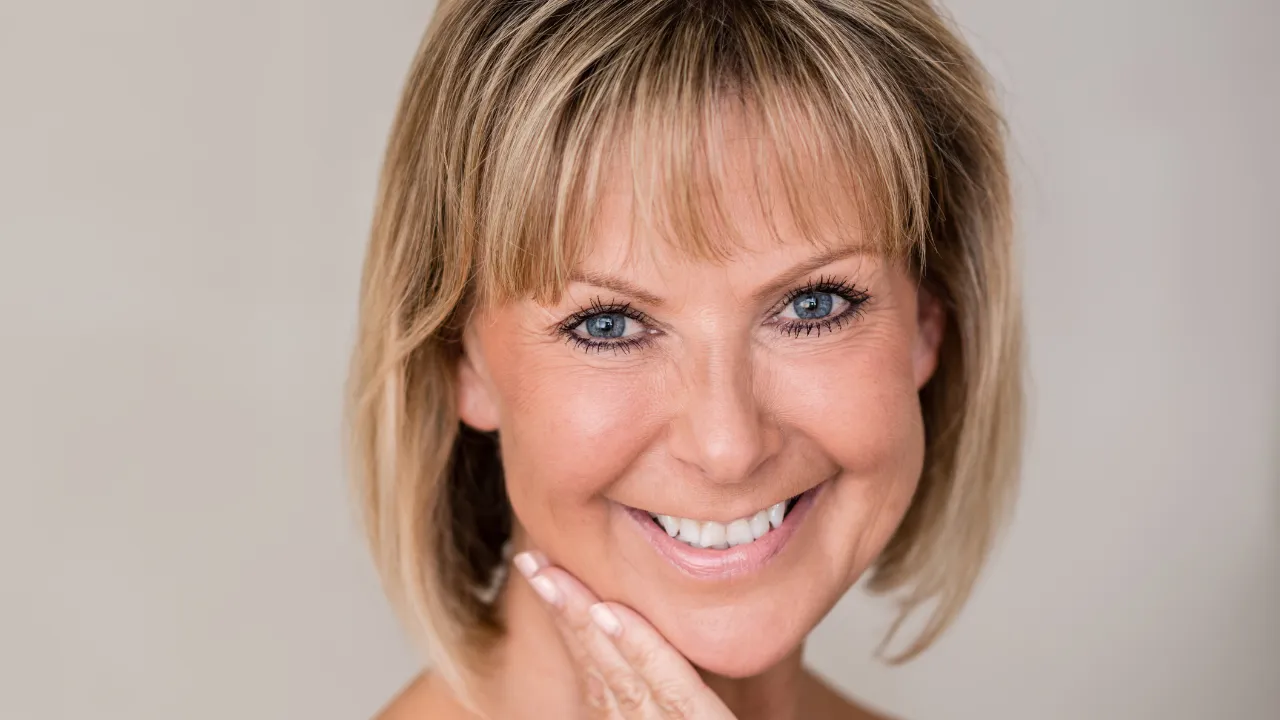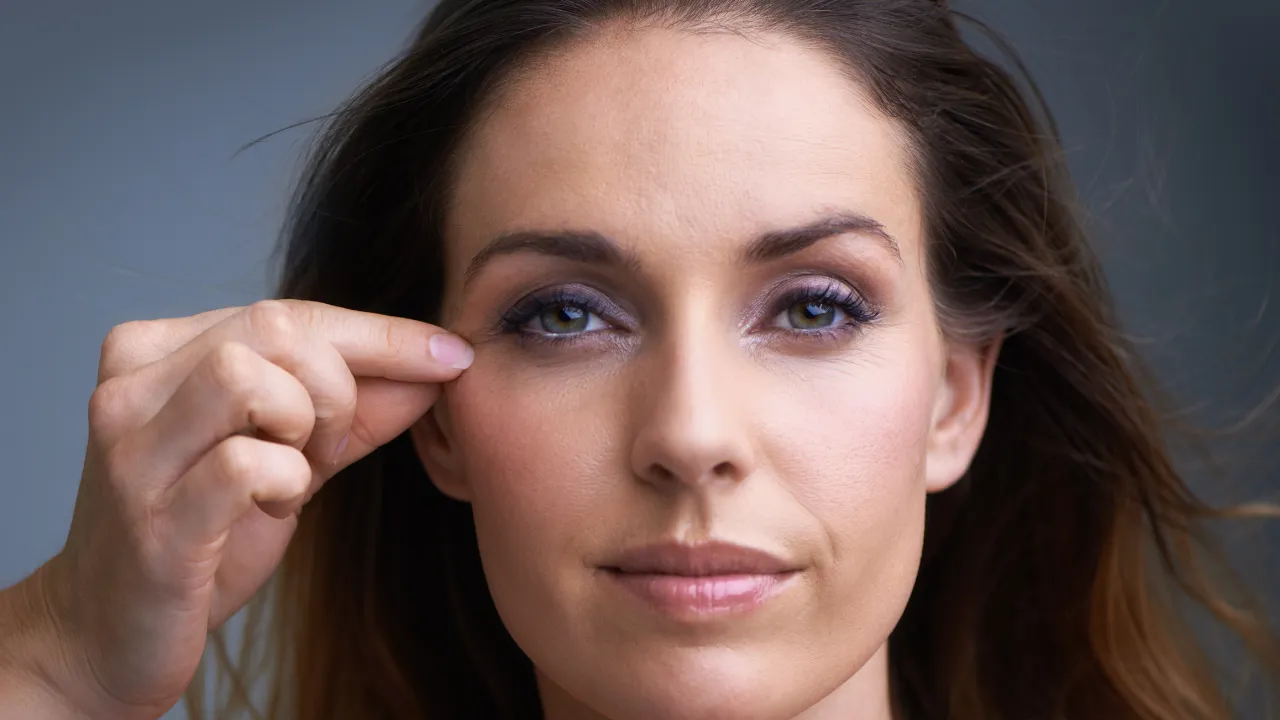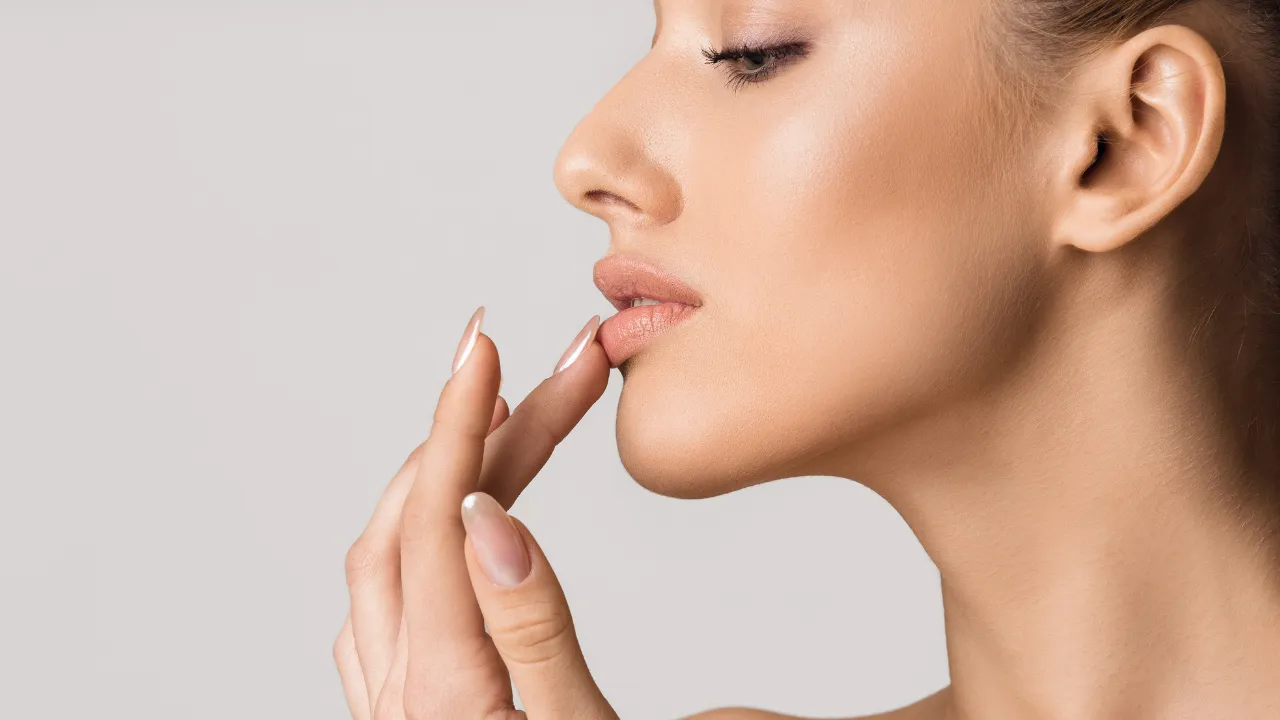At Kopelman Aesthetic Surgery in New York City, Dr. Joel Kopelman has helped many patients understand when eyelid surgery is more than a cosmetic choice. A medically necessary blepharoplasty is done when drooping eyelids block vision and affect daily life.
From insurance approval to surgery and recovery, patients often want clear answers. This guide explains when the surgery qualifies as medical, what insurance requires, and what to expect before and after treatment, with guidance from Dr. Kopelman’s 35 years of experience in plastic surgery.
Key Takeaways
- A medically necessary blepharoplasty is performed when excess upper eyelid skin causes obstructed vision and daily difficulties, such as trouble reading or driving.
- Insurance approval often requires visual field testing and photos that demonstrate reduced peripheral vision resulting from excess skin and fat.
- Upper blepharoplasty is commonly covered when criteria are met, while lower eyelid surgery is considered one of many cosmetic surgeries.
- Recovery happens in stages, with swelling improving in weeks and full results seen in months.
- Dr. Joel Kopelman, a board-certified plastic surgeon with decades of experience, provides expert care for patients needing both medical and cosmetic eyelid surgery.
Table of Contents
ToggleWhen Is Blepharoplasty Medically Necessary?
Criteria and symptoms to qualify
Blepharoplasty surgery becomes medical when eyelid skin blocks vision. Symptoms include problems with reading, driving, or constant forehead strain from lifting brows. Insurance usually needs proof of these issues. Patients may also notice reduced peripheral vision due to drooping upper lids.
How doctors confirm medical necessity
Doctors confirm medical need with exams and visual field tests. If taping the eyelid open improves results, it proves the obstruction. Photos are also taken to support insurance approval.
Surgeons often use the taping test during visual field exams to show improvement. Insurers may require proof of a 20 to 30 degree loss in the field of vision. Doctors also check for dermatochalasis (excess skin) or types of ptosis such as upper eyelid ptosis, since treatment differs. In some cases, brow ptosis is also noted because heavy brows can add to the obstruction.
Insurance Coverage for Eyelid Surgery
How to get eyelid surgery covered by insurance
Patients should explain symptoms in simple terms, like trouble driving at night or reading. Approval depends on medical evidence, not appearance. Learn more about how to get insurance to pay for eyelid surgery with clear documentation and doctor support.
Patients often ask common questions:
- Will this surgery help me drive at night?
- Will reading or computer use be easier?
- Can I combine cosmetic and medical blepharoplasty?
The answer is yes if there is documented need. Cosmetic parts can be added, but insurance only covers the functional portion.
Visual field testing requirements
Most insurers require a visual field test. The test shows how much vision is blocked by drooping lids. If vision improves when the eyelid is lifted, approval is more likely. Some patients also wonder about how to fail the eye test for eyelid surgery, which highlights the importance of honest results during testing.
Carriers often ask for proof of 20 degrees or more of vision loss. They may also want photos and proof of headaches, brow fatigue, or safety concerns. Together, these results cover the procedure requirements insurers expect.
Examples of covered eyelid surgery
Insurance usually covers upper blepharoplasty when there is a clear obstruction. Examples include:
- Excess upper eyelid skin pressing on lashes.
- Excess skin on eyelids pressing on lashes.
- Headaches or brow fatigue from eyelid strain.
- Visual field loss confirmed by testing.
Lower eyelid surgery is rarely covered because it does not usually block vision. Patients should prepare for different outcomes depending on the procedure.
Visual Outcomes of Medically Necessary Eyelid Surgery
Patients want to know what results to expect. Surgery often restores a wider visual field, making daily activities like reading and driving easier.
Before-and-after results typically show the eyelid lifted off the pupil, reducing obstructed vision and giving a more alert appearance. Even though the surgery is medical, the outcome may resemble cosmetic surgeries.
Procedure and Recovery Basics
How upper eyelid surgery is performed
During a medically necessary eye lift, surgeons focus on removing excess skin and fat from the upper lids. Sometimes, fat or muscle is repositioned for better results. The incision is made in the crease, which hides scarring.
This type of blepharoplasty surgery can be done with local anesthesia and sedation or general anesthesia. The average upper blepharoplasty takes one to two hours.
Recovery timeline and healing process
Swelling and bruising peak in the first two days, then improve within one to two weeks. Most patients return to light activity in a week and full activity after two weeks.
Recovery has three stages. The immediate stage is the first few days of swelling. The short stage lasts about two weeks, when normal tasks become easier. The long stage takes months for scars to fade.
Do you need medical clearance?
Yes, clearance is often required, especially for patients with health issues like high blood pressure or diabetes. Doctors may order blood tests or ask for clearance from a primary doctor. This step ensures safety during surgery and recovery.
Risks and complications
Risks include infection, dry eyes, or temporary double vision. These problems are rare when the procedure is done by a qualified plastic surgeon. Choosing a board-certified expert like Dr. Kopelman helps reduce risks.
Lower vs. Upper Eyelid Surgery
Medically necessary lower blepharoplasty
It’s rare since lower lids rarely block vision. Lower surgery is often done for puffiness, dark circles, or wrinkles, making it cosmetic.
Why lower eyelid surgery is rarely covered
Insurance only covers procedures that restore or protect vision. Since lower eyelid issues are mostly cosmetic, they are categorized as elective. Patients usually pay out of pocket.
Cosmetic vs. functional outcomes
Cosmetic blepharoplasty improves appearance, while functional surgery restores vision. Some patients combine both procedures in one. Insurance covers only the functional portion, while cosmetic goals remain out-of-pocket expenses. Patients may also choose to pair blepharoplasty surgery with a brow lift for more complete results.
When to See a Specialist
Patients should see a specialist if drooping lids block vision, cause strain, or lower quality of life. An examination will confirm whether the surgery is medically necessary and whether insurance will cover it.
Dr. Kopelman and his team at Kopelman Aesthetic Surgery provide expert evaluation and treatment, helping patients improve vision, comfort, and confidence. Schedule a consultation today to learn if you qualify for medically necessary blepharoplasty.

